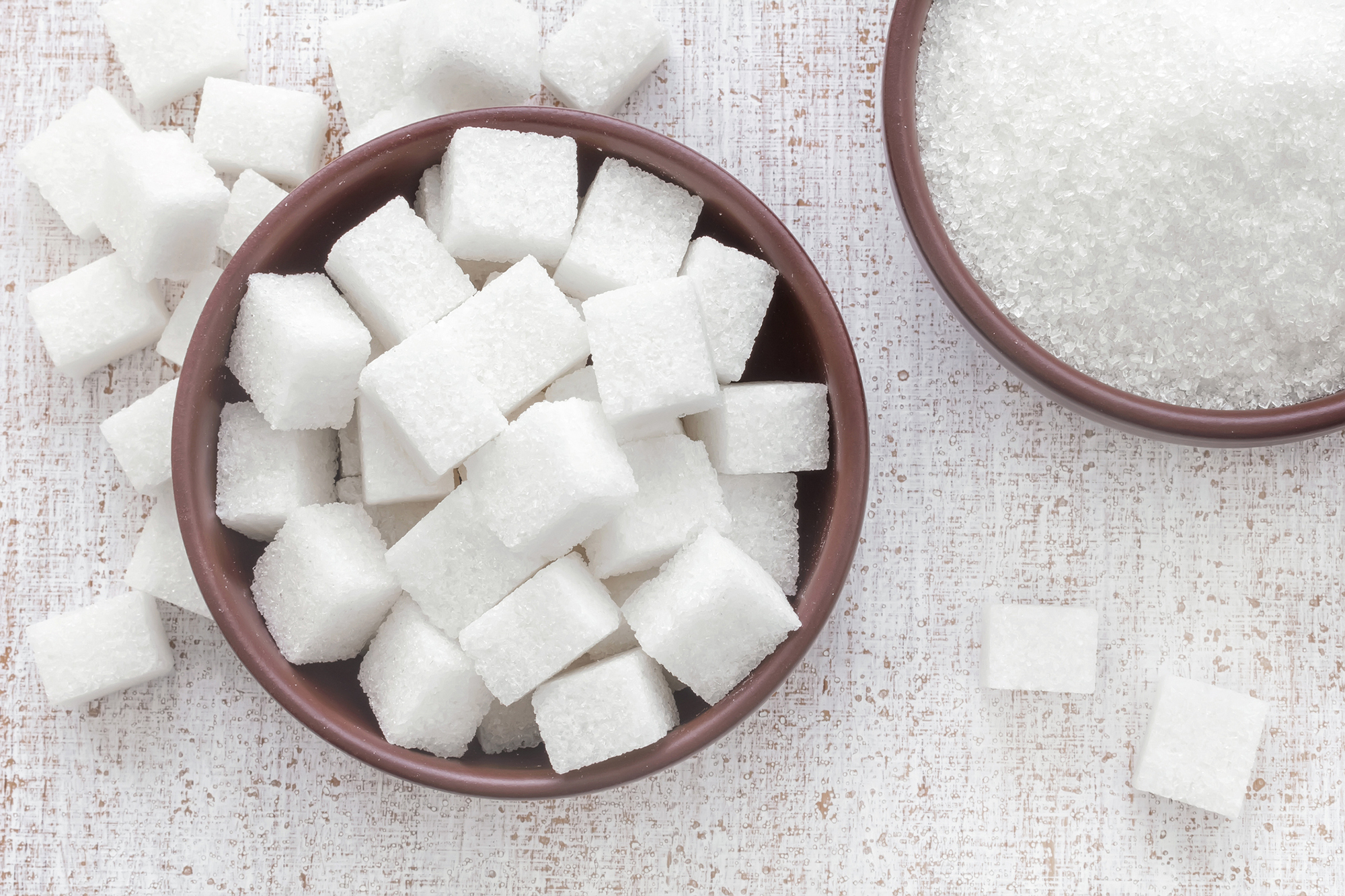How to Stop Sugar Cravings Naturally?

Sugar cravings affect millions, driven by processed diets, stress, and clever food engineering. The average American consumes 77 grams of sugar daily triple the WHO’s recommended limit . These cravings aren’t just about willpower; they’re rooted in neuroscience. Sugar activates the brain’s reward system, creating dependency akin to addiction. This article explores how to break the cycle using natural, evidence-based methods.
The Neuroscience of Sugar Cravings
Why Sugar Feels Addictive
Sugar hijacks the brain’s dopamine pathways, reinforcing cravings with each bite. Functional MRI scans show that sugar activates the nucleus accumbens , the same region triggered by cocaine.
The Blood Sugar Rollercoaster
Refined sugars cause rapid glucose spikes followed by crashes, triggering hunger and cravings. This cycle destabilizes energy levels and amplifies dependency.
Stress and Emotional Eating
Cortisol, the stress hormone, drives cravings for high-sugar “comfort foods.” Over time, this creates a feedback loop between stress and poor dietary choices.
Natural Strategies to Curb Cravings
Dietary Adjustments
Balance Blood Sugar
Pair carbohydrates with protein or healthy fats (e.g., apple with almond butter) to slow glucose absorption and prevent crashes.
Swap Sugary Snacks for Whole Foods
Replace candy with naturally sweet options like berries, mango, or dark chocolate (70%+ cocoa). These foods satisfy cravings without spiking blood sugar.
Behavioral and Lifestyle Changes
Practice Mindful Eating
Avoid distractions like screens during meals to reconnect with hunger cues. Studies show mindful eating reduces binge episodes by 30%
Stay Hydrated
Dehydration mimics hunger. Drinking water or herbal tea can curb false cravings .
Manage Stress Naturally
Yoga, meditation, or brisk walks reduce cortisol levels, diminishing stress-driven cravings.
Environmental Modifications
Remove Temptations
Keep sugary snacks out of the house. Research shows that visible treats increase consumption by 50%.
Chew Gum
Sugar-free gum satisfies the oral fixation linked to cravings, reducing the urge to snack.
Supplements and Remedies
Science-Backed Supplements
Magnesium
Low magnesium levels correlate with increased sugar cravings. Supplements or foods like spinach and almonds can restore balance.
Probiotics and Prebiotics
Gut health influences cravings. Probiotic-rich foods (yogurt, kimchi) and prebiotic fibers (garlic, onions) support a microbiome that favors healthy choices .
L-Glutamine
This amino acid reduces sugar dependency by stabilizing blood glucose and repairing gut lining.
The Role of Sleep and Exercise
Sleep Optimization
Poor sleep disrupts leptin and ghrelin, hormones regulating hunger. Aim for 7–9 hours nightly to reduce cravings by 25%.
Physical Activity
Exercise releases mood-boosting endorphins, counteracting the need for sugar. A 20-minute walk can slash cravings by 40%.
Breaking the Cycle: Long-Term Solutions
Gradual Reduction vs. Cold Turkey
Taper Off Slowly
Gradually reduce sugar intake to avoid withdrawal symptoms like headaches and irritability.
Reset Your Palate
Over 3–4 weeks, taste buds adapt to less sweetness, making whole foods more appealing.
Special Considerations for Emotional Cravings
Addressing Emotional Triggers
Journaling for Awareness
Track cravings to identify patterns linked to stress, boredom, or loneliness.
Seek Support
Therapy or support groups help address underlying emotional eating.
Conclusion: A Sustainable Path to Wellness
Stopping sugar cravings naturally requires a holistic approach combining diet, lifestyle, and mindfulness. By understanding the science and implementing these strategies, you can rewire your brain, stabilize your mood, and reclaim control over your health.


